As a journalist prone to nerding out on books about design and creativity, a fair number of them cross my desk. But within them, there’s often a preponderance of thought leadership presented at its thinnest—a veritable Ikea table of wisdom that, let’s admit, probably came from a ghostwriter to begin with.
Which is why Mike Schnaidt’s Creative Endurance is such a delightful anomaly.
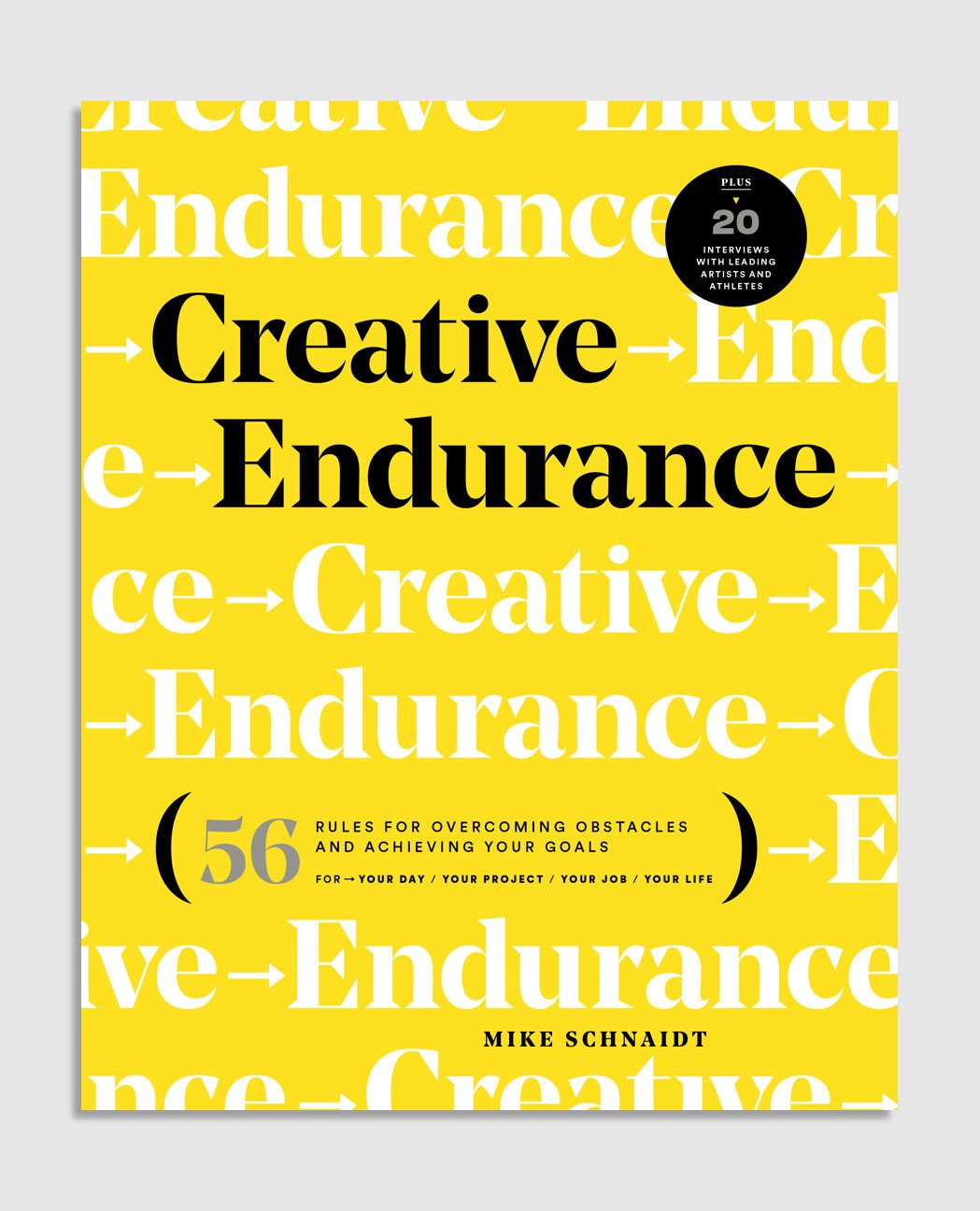
Now, disclaimer up front: Schnaidt is the creative director of Fast Company—but we’d cover this book even if he wasn’t because it’s such an anomaly in the “creative inspo” genre. Crack its covers, and there’s a wonderland of editorial design inside. Concept-driven type treatments dance across colorful pages. Illustrations. Activities. But above all, insights on pushing through obstacles and remaining engaged in your process and practice from not only designers (though you’ll indeed find such minds as Sagi Haviv, Jennifer Kinon, and Bobby C. Martin Jr. here), but also from athletes, an astronaut, architect, wardrobe stylist, chefs, a sommelier, and . . . a third grader.
If the book feels unorthodox, that’s by design. When teaching at Kean University in 2022, Schnaidt, a marathoner, eschewed the typical portfolio presentation and instead gave a talk titled, “The Runner’s Guide to Design.”
“I don’t love just getting up there and showing work,” he says. “I like to tell a story. So I thought I would kind of do a storytelling experiment.”
Afterward, a fellow professor told him it would be a great idea for a book, and the seed was planted. When it came to selecting the roster of interviews that would ultimately appear in Creative Endurance, Schnaidt recalled what former editor-in-chief David Granger used to stress at Esquire, where Schnaidt had worked as deputy art director: Just follow stories that interest you. So he did just that, and allowed his curiosity and the prevailing topic of endurance to dovetail as they would, which yields unexpected insights from nearly 40 subjects.
Creative Endurance feels less like a book and more akin to a contemporary magazine, which makes sense, given Schnaidt’s current gig and his past tenure at Men’s Health, Entertainment Weekly, and Popular Science. Moreover, readers often approach magazines in a nonlinear fashion—and here, Schnaidt plays to that notion. His goal is for readers to be able to dip in and out and quickly glean a takeaway. Schnaidt says that in some ways, he thought of the book a bit like Aesop’s Fables, where readers get just enough story to deliver the takeaway. That idea factored into his decisions about the density of information for each section.
For Schnaidt, the entire project was an exercise in taking his own advice. “Defining our measure of success is really important because, just like running a marathon, chances are you’re not going to be number one—you’re not going to win the race,” he says. “So when you take winning off the table, it’s really just about personal growth. Celebrating that personal growth rather than focusing on having the best time or being number one, that for me is the key to remaining creative.”
Of the 56 lessons Schnaidt extrapolated from his subjects, here are five excerpts from the book that we at Co.Design particularly loved.
Be Perfectly Imperfect
Chicken Cutties. Cae Sal. Sunday Supps. Say what? We’ll get to that, but first, let’s grab a bite to eat with chef Molly Baz.
It’s been three days since she quit her writing job at the food magazine, Bon Appétit, where Baz developed her approachable personality across print and video. How will she establish her creative voice?
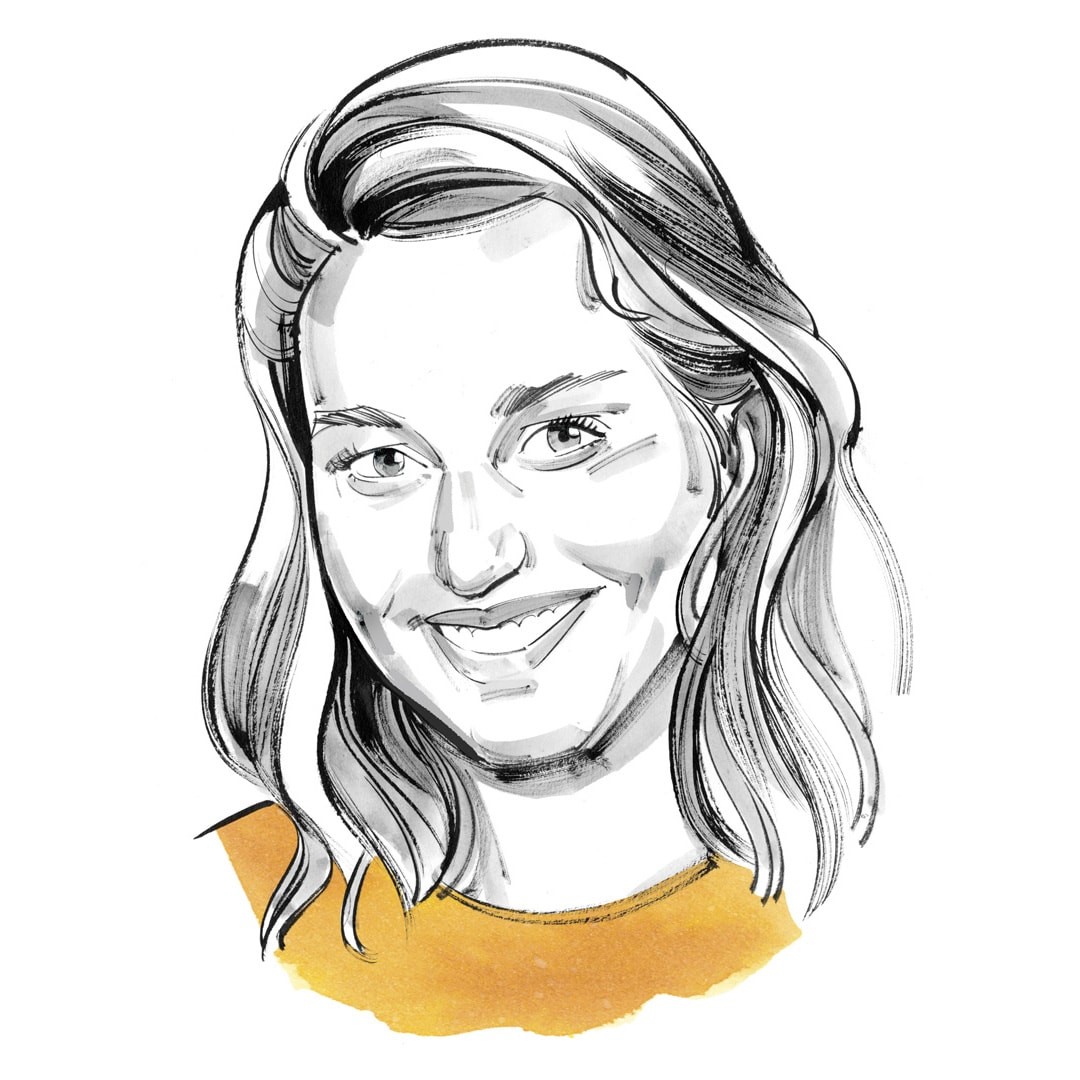
Baz sits with a friend to strategize her next move: the launch of a newsletter. “People don’t care if the recipes are from Molly at Bon Appétit,” her friend says. “They just want you.” An empowering moment.
Being authentic can be difficult, as you may worry about facing rejection or feel that you need to conform with other creatives in your industry. But as Baz’s example proves, there’s value in standing out by being different.
“I want people to recognize when a dish feels like me,” she says. “I don’t want it to feel like it could be anything you find on Recipes.com.” Your creative voice will help you stand out like this food personality, whose show, Hit the Kitch, sports a number of subscribers in the six-figure range on YouTube.
“I’m highly aware of how wonky and fumbly cooking can be,” says Baz. Her recipe titles are casual and easy to understand, like something your best friend would suggest. Quirky abbreviations, such as “Cae Sal,” “Chicken Cutties,” and “Sunday Supps” are meant to make the cooking experience less intimidating. The playful tone of her recipes suggests that cooking can be fun and not as difficult as some people might think.
Baz’s initial Patreon newsletter grew into a cooking club, titled The Club. Two cookbooks, Cook This Book and More Is More, follow, along with a line of cookware for Crate & Barrel.
During our interview, I asked about her creative process. “Do you sit down and write a bunch of different recipe names before deciding on one?” I ask. “No, that’s just how I speak,” she replies, with utmost confidence.
Take it One (and a Half) Thing(s) at a Time
Your mission: Remain creative and productive on a daily basis. But how will you get it all done? Just ask astronaut Jeanette Epps.
Epps is currently underwater in NASA’s Neutral Buoyancy Lab. She’s training for the spacewalk, which she says is “one of the hardest things an astronaut has to do.” She has only six hours to complete a series of tasks, such as tightening bolts, changing batteries, and screwing in light bulbs. Sounds easy? It’s not. The bulky pressurized suit she’s wearing makes her every movement feel like a slog. “You need to remain present, and think, This is the most important thing I’m doing right now,” says Epps.
Here’s how you can apply Epps’s wisdom to your work. Choose a key creative task, such as designing comps for your director. This is your “full task,” one that requires more creative energy. Next, pick a tactical task, such as file organization or emails. That’s your “half task,” and it doesn’t demand as much creativity.
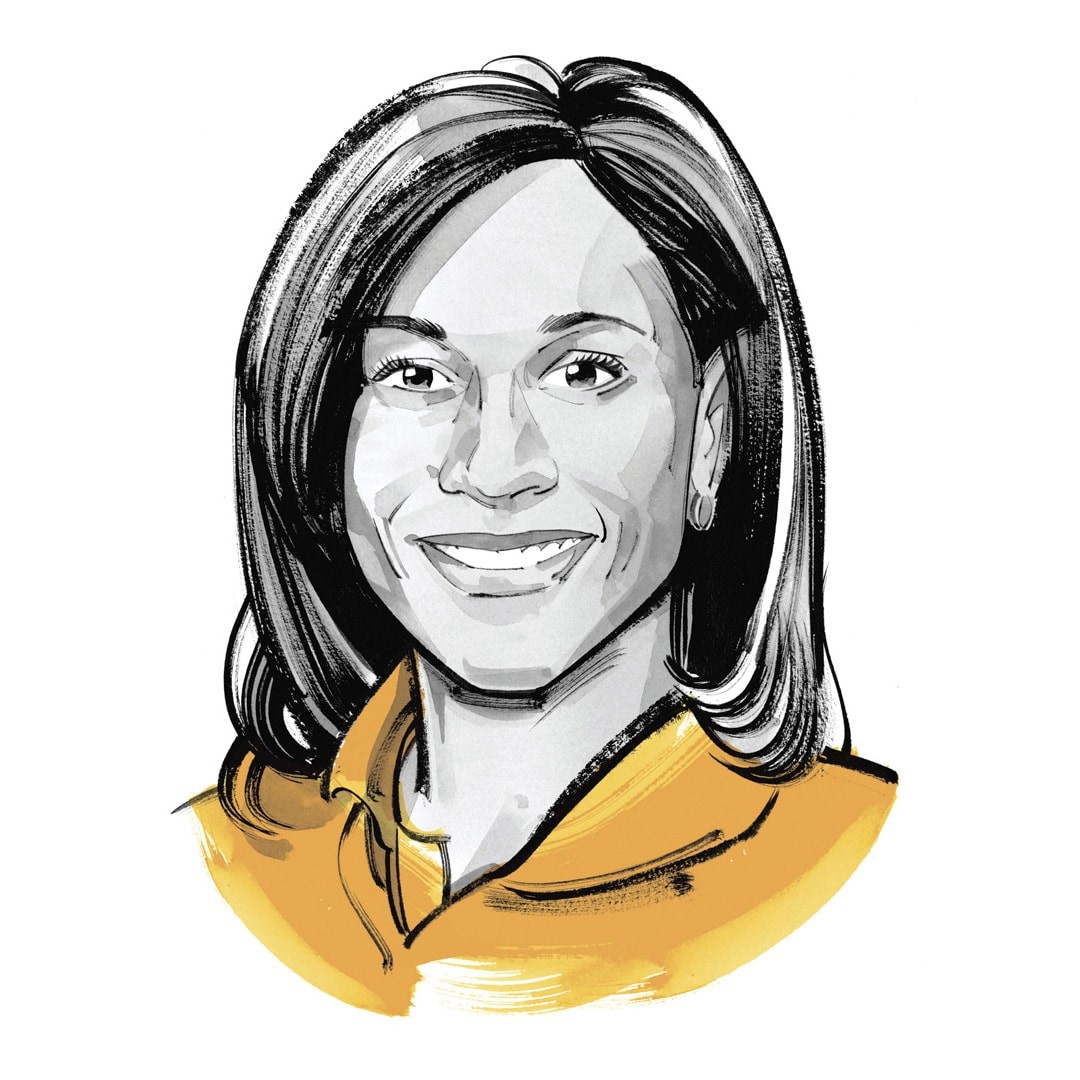
Focus on your full task until you hit a creative block, and then close the file. Take a break, and move on to the half task. Emails usually aren’t fun, but they aren’t terrible when they provide a break from engaging creative work. Return to the full task with renewed energy. This process reframes the two tasks as rewards for one another.
Find the right balance of creative and tactical tasks in your day, and you too can achieve neutral buoyancy—the equal tendency of an object to sink or float. Sounds way better than career burnout.
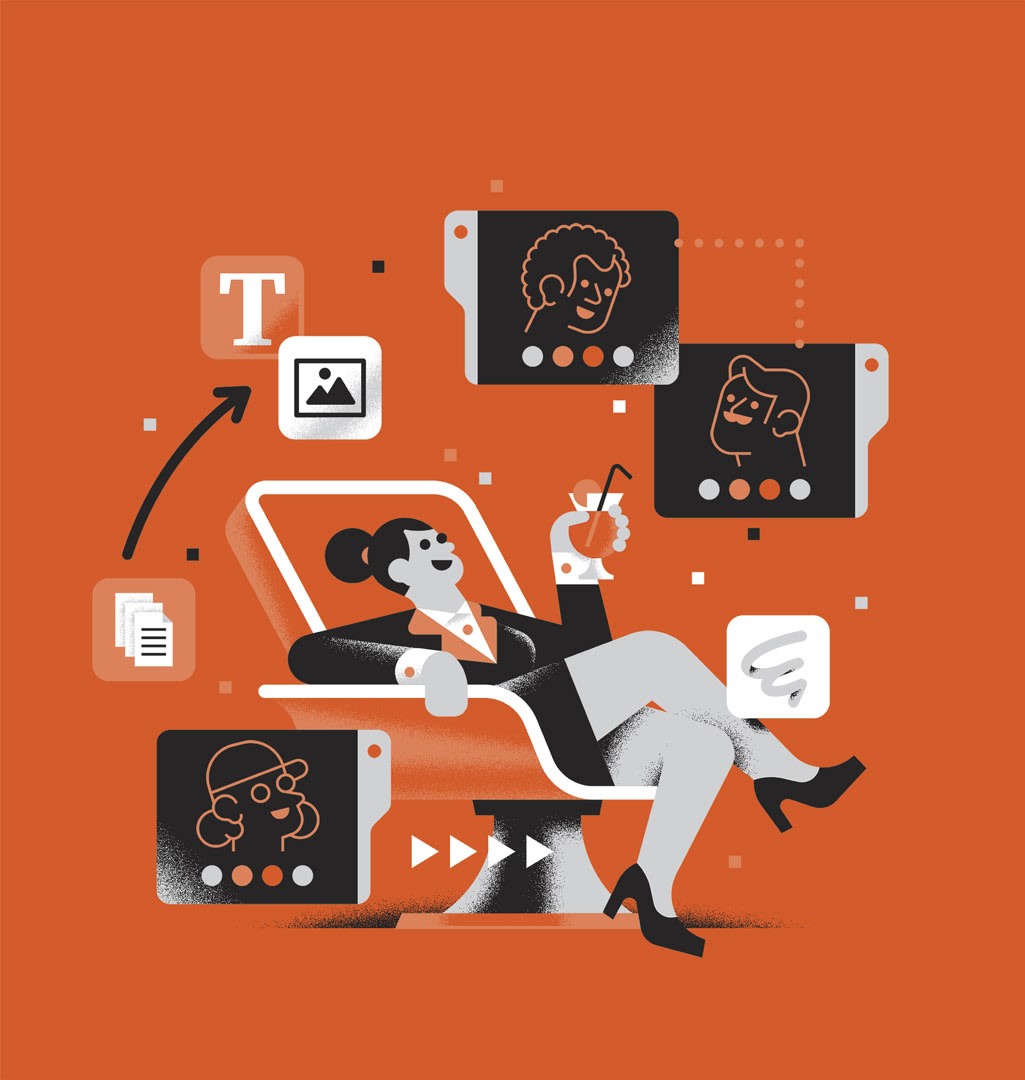
Trust Your Team
How will I complete this redesign of Men’s Health in only a few weeks? As their newly appointed creative director, the stakes are high.
I start working, but then think: Will my new team feel inspired if I design these pages by myself? This redesign has the potential to not only revitalize the brand but also reunite a team who’s been lacking leadership for months.
I delete my redesign file, pull together visual inspiration, and email my team. Fingers crossed.
Two weeks later, on my first day, I meet with my three art directors to review the redesign. The mood is excited but nervous. My art director, Hitomi Sato, is pacing while rubbing her chin. “Hitomi, what’s up?” I ask her. “There’s no way we can do this in two weeks,” she says. Her distress makes it clear the team needs motivation and support.
I work with the team to merge their three design files into one and present it to my editor-in-chief the next day. A miracle occurs: The design is approved. We even win a silver award from the Society of Publication Designers for that issue.
The key to inspiring a team is trust. As a leader, you don’t have to do all the work. Create a supportive environment where your crew feels like they can contribute ideas. Expect amazing things.
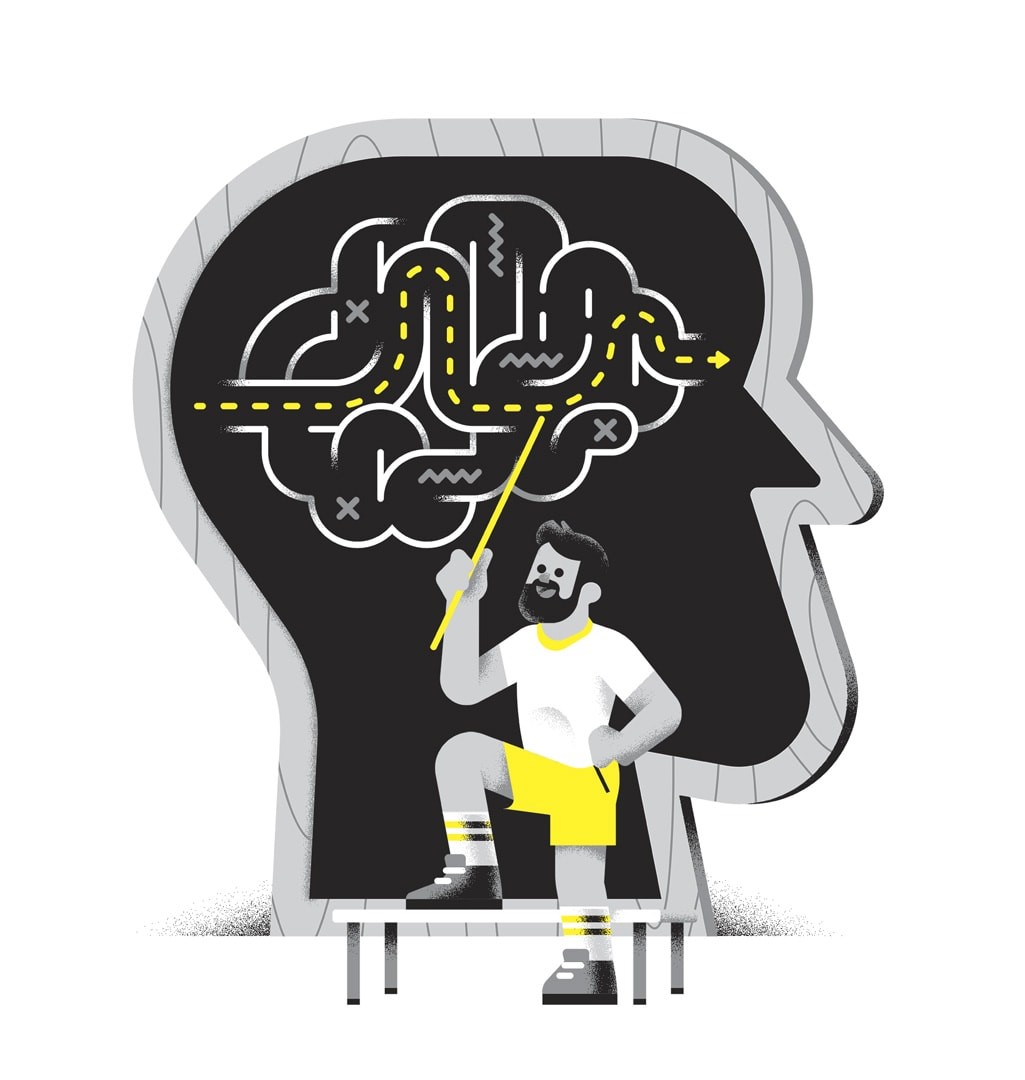
Culture is Your Superpower
How do you keep the torch of inspiration burning bright throughout your career?
The secret sits deep within your DNA.
Vaishnavi Mahendran draws inspiration from her South Asian culture. While studying at Rhode Island School of Design, she worked with the Sora tribe in East India to digitize their script. She visited and worked remotely with the tribe members, and immersed herself in their handwriting. Mahendran felt the power of design as a force for bringing people together. “No one has ever asked these questions about our alphabet,” a tribe member told her. “It was so gratifying. Speaking about it makes me feel emotional,” she says.
Now an art director at Apple, Mahendran draws on her unique cultural experience to fuel her creativity. “No one else has the same perspective as I do,” she says. “My design superpower is the intersection of my South Asian roots with my experiences living and working in the West.”
Mahendran follows a mantra she learned from Ramon Tejada, one of her Rhode Island School of Design professors: “Create work for your mom.”
So, how can you stay inspired? Look inward to discover what makes you unique. Draw upon your cultural experience, and make something that Mom would want to tack up on the fridge.
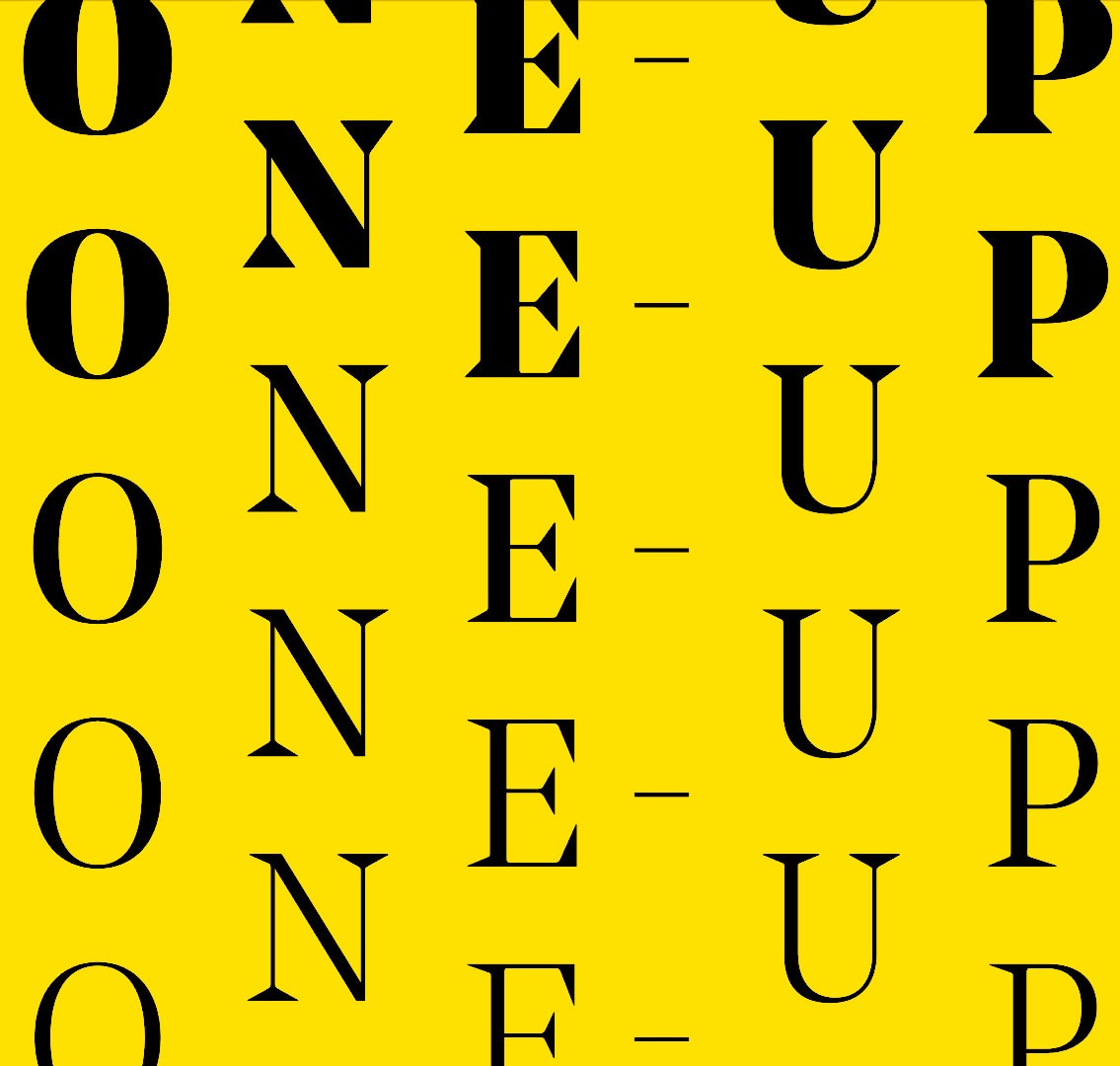
One-Up Yourself
“Hurled Into Dirty River, Logo Floats Gently Away,” read the headline in the New York Times. A first in the world of graphic design.
A five-foot-long (1.5-m) Esquire logo is tossed to actor Benicio Del Toro during his photo shoot. He spins the wooden letters like a circus carny. “What do I do with this?” asks Del Toro. “I don’t know, man. Just chuck it in the LA River,” responds David Curcurito, design director of the esteemed men’s magazine.
This performative act of design made sense for Esquire, a magazine known for pushing the boundaries in design, photography, and writing. But why should you pull a creative stunt?
Experimentation will spur your creative growth. At first, your imagination is boundless. But as you inch toward the midpoint of your career, you need to challenge yourself to continue to grow. “You always want to one-up the last thing you did,” says Curcurito. “The worst thing you can do is copy yourself.” By taking risks—sometimes outlandish ones—you expand your creative potential.
What if you’re not in a place where you can recklessly toss aside a $3,000 logo? If you’re filming, let your camerawork be shaky. Writing? Try a story composed of final paragraphs. Are you an illustrator? Ask your client to run your sketch as the final product. The worst they can do is say no. Never hurts to ask.
“I’m terrified of what I do,” says Curcurito. “But if you’re not scared, you’re not doing your best work.”
Excerpted with permission from Creative Endurance by Mike Schnaidt (Rockport Publishers, an imprint of the Quarto Group, 2024). Creative Endurance is available wherever fine books are sold.
(65)